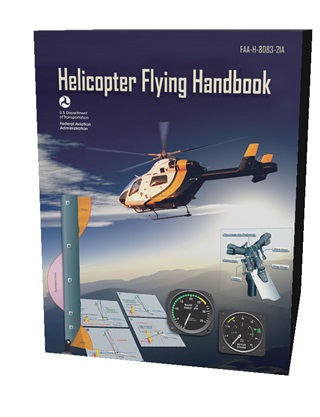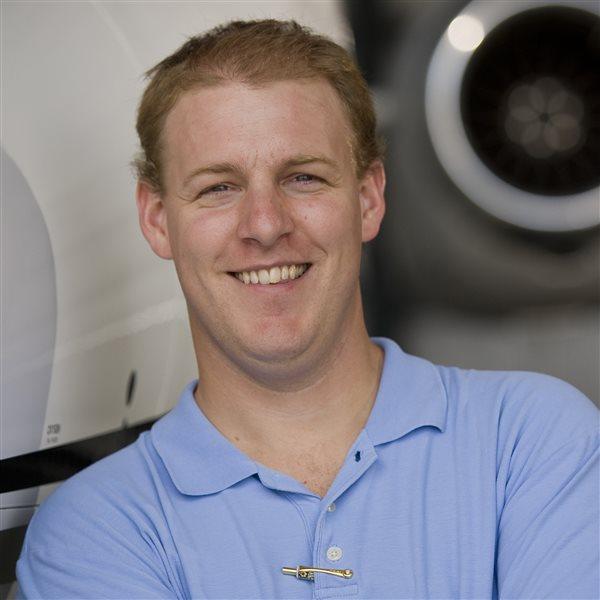Among the many ways in which helicopter training is different than fixed-wing training is the number of available study materials. Fixed-wing students have access to untold number of books, online courses, DVDs, flash cards, maneuvers guides, and even audio training. Helicopter students have to make do with considerably fewer options. The good news is that what’s out there is excellent.
One of the things that really got me interested in helicopters was the Sporty’s DVD, So You Want to Fly Helicopters? The title might make you think this video is all about where to learn, what’s involved with the training, and other topics only those who haven’t taken a lesson are interested in. But I was really impressed with the depth in this two-hour-plus video. It explains all of the major aerodynamic concepts, the basic safety considerations, the flight controls, the basic maneuvers, and a lot more. As a visual learner, it was well worth it, especially for the frame of reference it provided for the written materials.

Among those written materials, a good place to start is the FAA handbook, which is similar to the fixed-wing version. It’s called the Helicopter Flying Handbook. It’s quite good, covering all the basics in a fairly accessible way. The book is available free online, or for a nominal fee from any number of publishers. I started with that book, reading it from page one through the end, skipping only the chapter about attitude instrument flying. Otherwise it’s all very applicable and interesting stuff. Even the chapter on decision making is specific to the unique capabilities of a helicopter.
That book and a few others come in a kit that ASA sells. This is one of the few all-in sources for helicopter pilots, and a lot of it is really useful stuff. It includes the standard logbook and other things you likely won’t need. But you will need a plotter (when was the last time you used that?), a syllabus, oral exam guide, supplemental textbook, and much more. For convenience shoppers, it’s the only way to go.
If you’re looking for more, I can personally recommend two more books, although I’m sure there are others that are good. I’ve been devouring the newest edition of Randy Padfield’s Learning to Fly Helicopters. If the FAA’s book is enough theory to get you around the traffic pattern on a theoretically perfect day in the perfect helicopter with a perfect instructor, Padfield’s book will fly you across the country. In other words, it’s real-world information, relevant examples, simple and easily understandable diagrams, and so on. So, the FAA might teach you the theory of autorotations, but Padfield will teach a bit of the how, when, and who along with it. There’s an Amazon review that says it was too basic, but I disagree. For a beginning helicopter pilot, this is the perfect book to fill in the knowledge gaps (full disclosure: I used to work for Padfield).
And speaking of autorotations, I’m just now digging in to Shawn Coyle’s The Little Book of Autorotations. It may seem odd to have an entire book devoted to one emergency maneuver, but autorotations are wonderfully interesting and complex. And although Coyle’s background as a test pilot would lead you to believe the book is full of technical jargon, it’s actually well done and very approachable. Coyle also wrote Cyclic and Collective, which is more a basic theory text that also includes some great practical advice.
Even though the rotorcraft side of the industry is smaller, great offerings still abound. Most are easy enough to understand that fixed-wing pilots without any rotorcraft experience could read them for fun as well. Which would lead to a lesson. And then it’s all over.
Logbook
Total time: 25.3 hours
Maneuvers: Normal takeoffs and landings, shallow approaches, steep approaches



